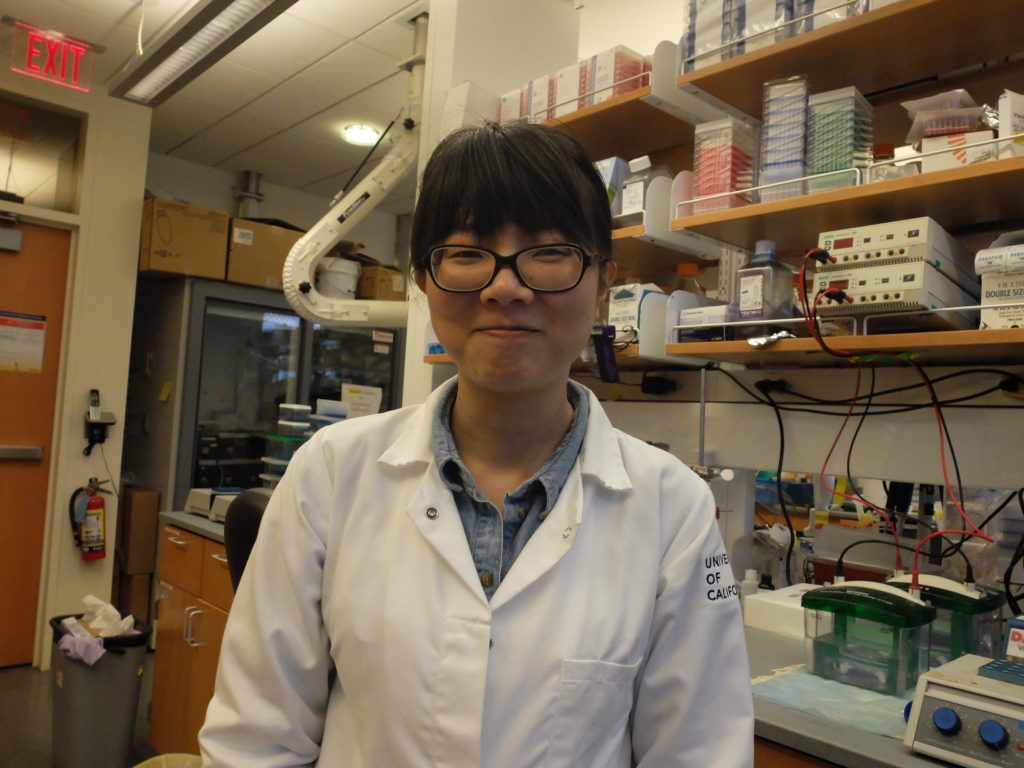AFTD-Backed Research Offers Insights into C9orf72 Protein Structure

New AFTD-funded research published in Nature provides important insights into the structure of the C9orf72 protein, which when mutated, is recognized as the most common genetic cause of both FTD and ALS.
While the C9orf72 mutation is genetically implicated in both diseases, and may cause either or both conditions in carriers, it is still unclear as to what determines that development. Disease-causing mutations in the gene usually result in a lack of functional C9orf72 protein, which is thought to influence the production of RNA within cells.
The new research, led by Ming-Yuan Su, an AFTD Basic Science Postdoctoral Fellow who is studying at the University of California, Berkeley (pictured above), aimed to further determine the role of C9orf72 using a cutting-edge technology known as cryo-electron microscopy to visualize its 3D structure. The work revealed the role of two companion proteins, called SMCR8 and WDR41, in working with C9orf72 to contribute to its functionality. Researchers were able to determine the structure and mechanisms of the C9orf72-SMCR8-WDR41 complex by cryo-electron microscopy, which in turn provided important insights that could help researchers understand how mutation of the C9orf72 gene leads to neurodegeneration.
While additional research is still needed to further understand the mechanisms by which C9orf72 becomes toxic in FTD, insights into its structure and related components may help in future drug development. In knowing more about the protein’s role, researchers can target drugs to stabilize its structure, improve functionality, or eliminate unnecessary components.
To read more about the study, click here.
By Category
Our Newsletters
Stay Informed
Sign up now and stay on top of the latest with our newsletter, event alerts, and more…
